Are Black people and Asians the same? Are they different from other ethnic minorities? What about Jews? And who do we include when we talk about Asians? Korean, Thai and Chinese people, or those from Afghanistan, Pakistan and India? Does ‘Asian’ refer to a set of skin colours or geographical locations? And what exactly is BAME?
One of the hallmarks of a functional democracy is to protect the needs of minority groups. As well as ensuring they are not unfairly discriminated against, we must also make certain adjustments to accommodate their specific needs. But modern sensibilities and sociological fashions risk lumping groups together and simply emphasising differences. The effect of this can be division and confusion rather than fairness and harmony.
The relatively recent transition from using ‘ethnic minorities’ to ‘BME’ (Black and minority ethnic) started a confusing slide into linguistic opacity, which has delivered us the often heard but rarely understood phrase ‘BAME’. Why did ethnic minority become minority ethnic? Why do we need to list some of those minority groups separately and why did we leave out others? Far from helping, BAME has become a political battleground for representation.
Are Jews BAME? Jews are recognised by provisions in the Race Relations Act as a distinct racial group. Judaism is an ethno-religious grouping. Within living memory, two thirds of Europe’s Jews were murdered on account of their ethnicity; the Nazis were keen to include in their slaughter even those with no cultural or religious ties to Judaism. Yet in the 21st Century, despite the continued killing in Europeof Jews for being Jewish, some consider Jews to be the beneficiaries of ‘white privilege’.
Some Jews are indeed white, some are black, but everywhere in the world except for Israel, all Jews are a minority population. In the UK, Jews make up less than one per cent of the population, but in 2019/20 they were targeted by 19 per cent of religious hate crimes. Jews are also reportedto be suffering disproportionately from Covid infections and deaths.
It is sometimes necessary to discuss ethnic minorities, and to refer to them clearly. So it would help if we could all agree what BAME actually stands for. Despite the phrase becoming increasinglyfashionable, particularly among politicians and the media, most people have no idea what it means, even if they are (or might be) BAME themselves. The Cabinet Office’s ‘Race Disparity Unit’ asked 300 people across the UK what BAME actually is, and only ‘a couple’ recognised the acronym, while ‘only one’ knew what it actually stood for.
The term BAME is includedin the OED’s 2014 draft additions; its first recorded use listed, perhaps unsurprisingly, as being in the Guardian in 2002. The OED defines it as a specifically British phrase signifying ‘black, Asian, and minority ethnic: designating (members of) black, Asian, and ethnic minority communities in the United Kingdom’.
So perhaps Jews are included. The Guardian, despite still using the acronym frequently, recognisesBAME’s ambiguity regarding ‘white’ ethnic minorities in its own style guide. And when I asked what the first BAME Mayor of London thinks it means, I found out that, for Sadiq Khan, BAME is about whiteness. His office says BAME is ‘used as a collective term for all groups that are not covered by the ethnicity description ‘White’’.
If BAME is simply a way of indicating ‘not white’ without actually saying it, then it is not only Jews who are excluded. Why should Gypsy, Roma and Traveller of Irish Heritage groups also be excluded from our era’s politically correct gateway word for race relations?
I asked the Board of Deputies of British Jews if they think they’re BAME. After a six minute phone conversation, they weren’t sure. There isn’t an official position on the matter, so it was suggested that I should talk to their ‘Interfaith and Social Action Manager’. Even asking if the Mayor of London thinks Jews are BAME prompted a concerned phone call from his press office to find out why I wanted to know.
Whether it is because of Covid deaths, BLM protests or the upcoming Census, we are being pushed to make our ethnicity an increasingly important part of our individual and collective identity and to vie for inclusion in unclear groupings like BAME. As long as our political and social structures seek to identify and support minority groups, as they should, we need to say what we actually mean when describing them. It might not always be possible to find the perfect words to do that, but ‘BAME’ appears to be doing very little to help.
The chorus of voices urging us to stop using it is growing constantly. The former chairman of the Commission for Racial Equality is againstit. The Guardian is sometimes againstit, but still uses it quite a lot. The Home Secretary thinks it is patronising and insulting. David Lammy MP chaired a reviewinto the treatment of BAME people in the criminal justice system, but still thinksit is ‘lazy, impersonal and a piece of jargon’. The Civil Service wantsto ‘ditch the acronyms’. The Office for National Statistics has renouncedthe phrase as inconsistent, unclear and not well understood. Even Sadiq Khan acknowledges BAME ‘is not how individuals and communities would often choose to identify themselves’.
It is time to listen to them all and find better ways to refer to ethnic minorities. But please, steer clear of BIPOC.
Got something to add? Join the discussion and comment below.
Get 10 issues for just $10
Subscribe to The Spectator Australia today for the next 10 magazine issues, plus full online access, for just $10.

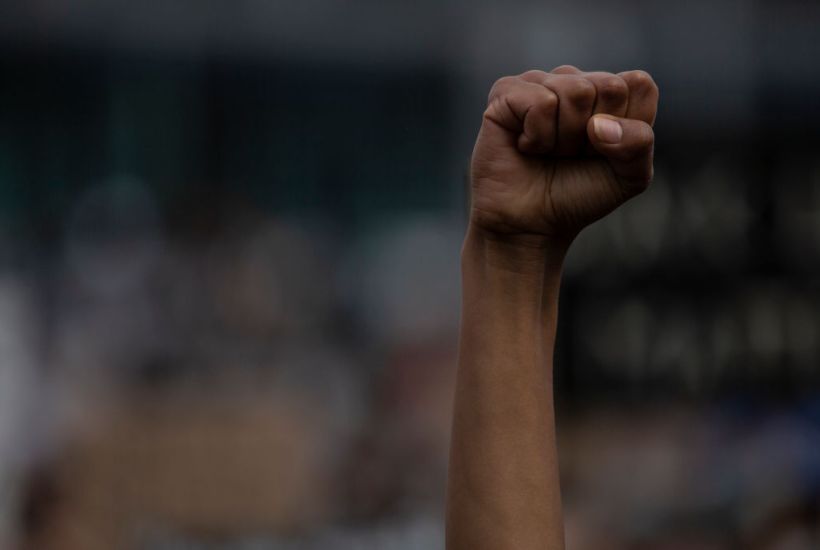
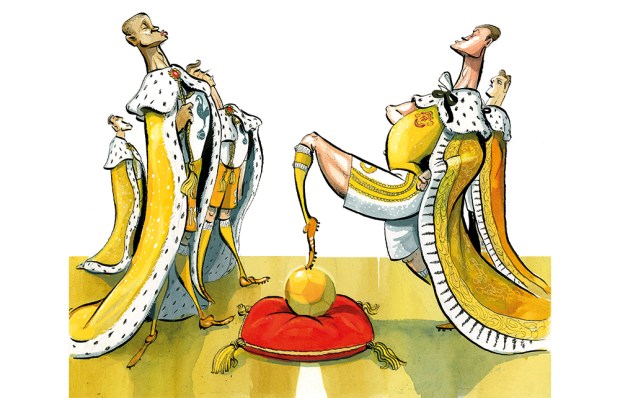
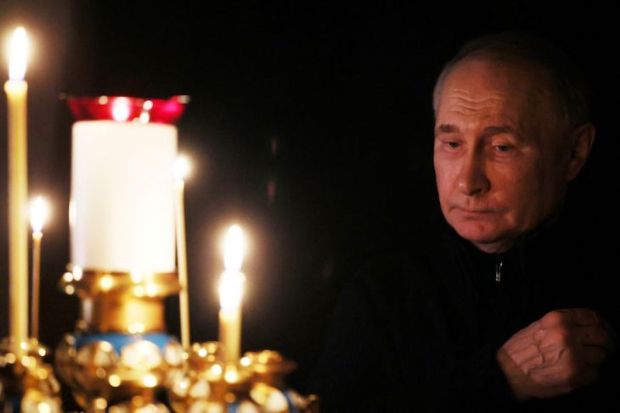
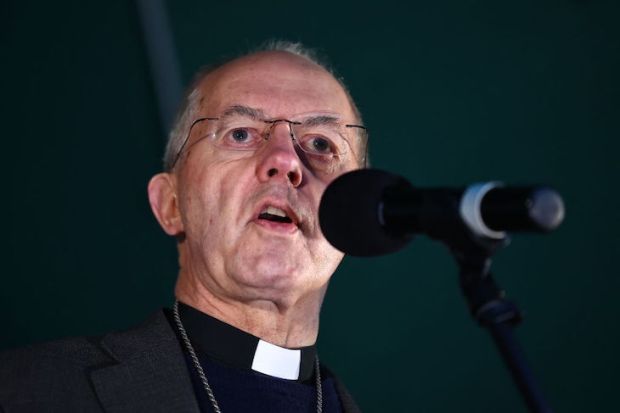
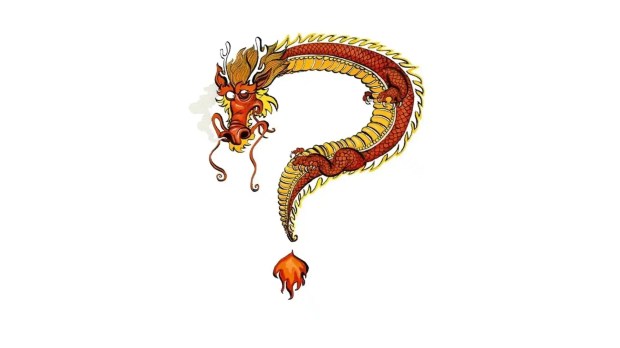
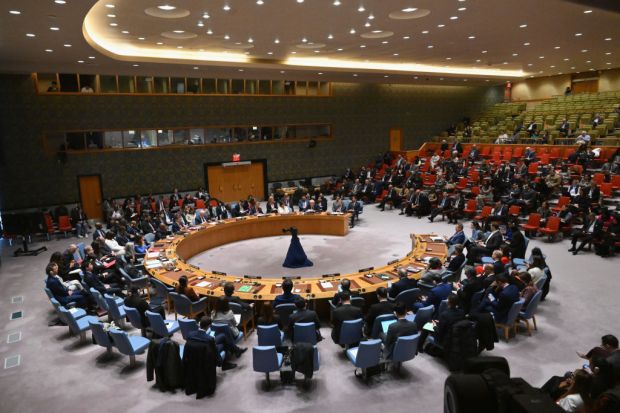
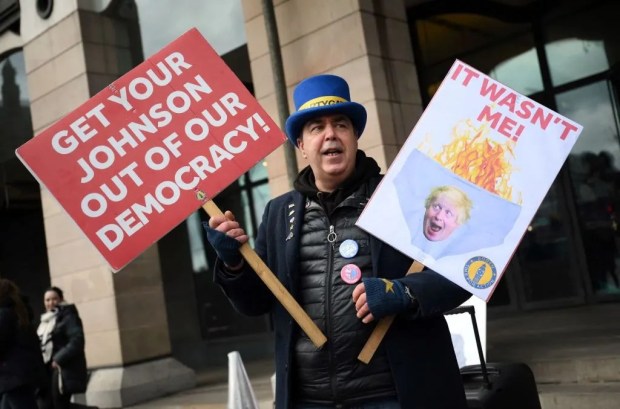












Comments
Don't miss out
Join the conversation with other Spectator Australia readers. Subscribe to leave a comment.
SUBSCRIBEAlready a subscriber? Log in